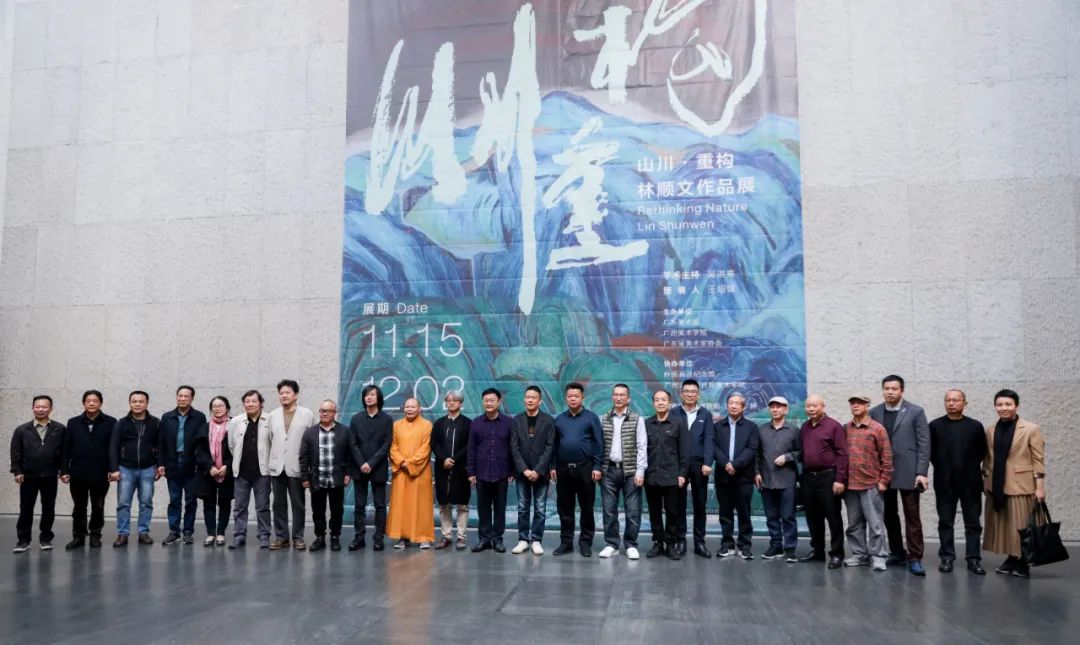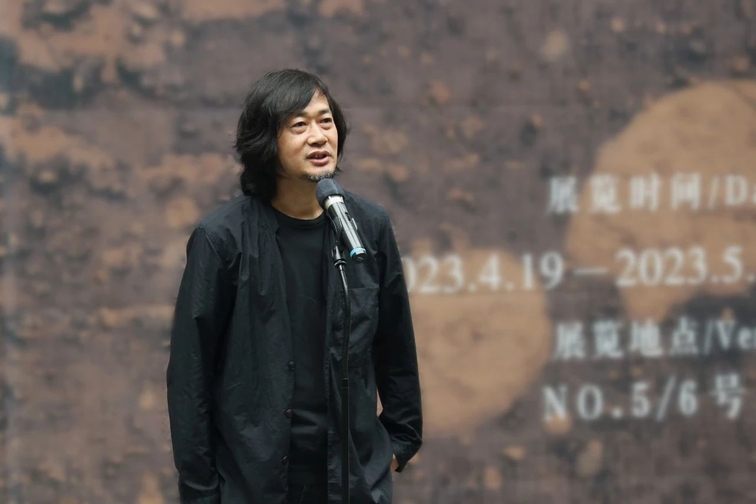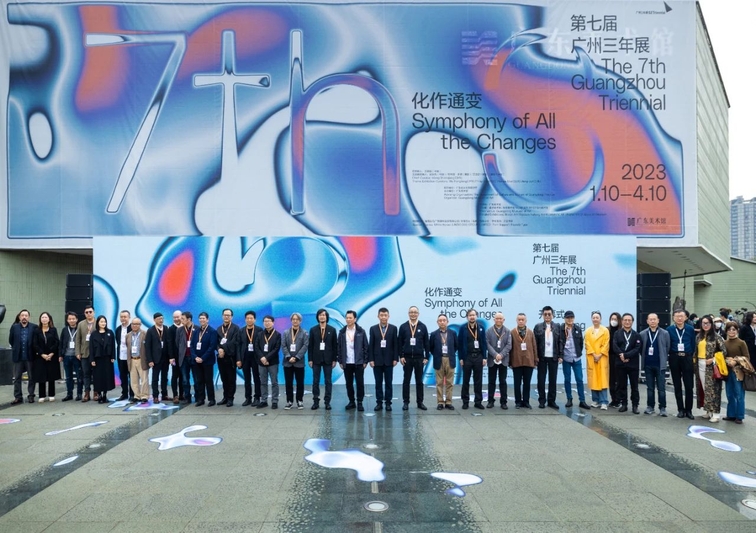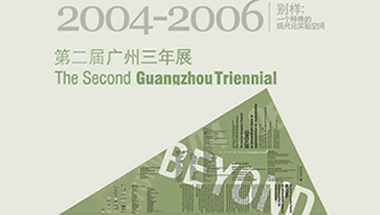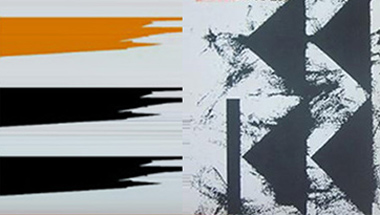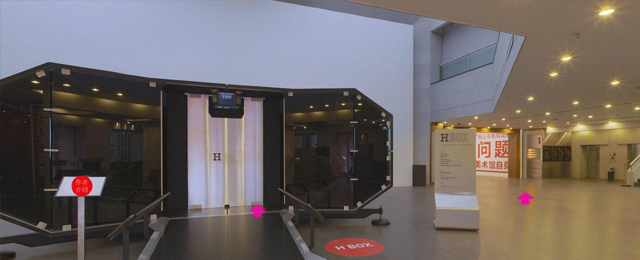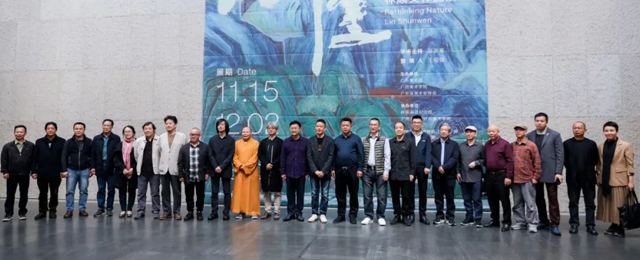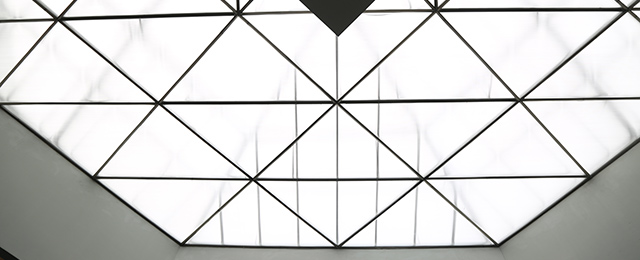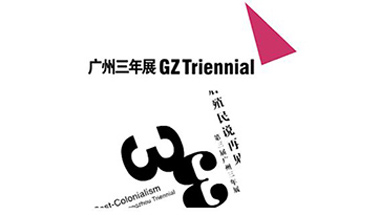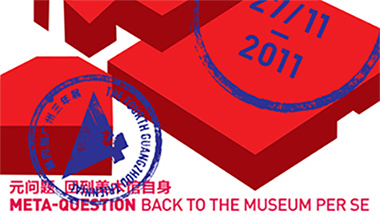Introduction
录入时间: 2007-09-14
Making music
For making music you need two things. You need a musical instrument and a
player. For many thousands of years the player and his musical instrument formed
an inseparable unity. More than six hundred years ago there was an important
improvement: the first automatic musical instruments played their music without
the help of a performer. The music was programmed on a cylinder with hundreds of
iron pins. When the cylinder rotated, the pins caused a number of hammers to
strike on bronze bells. This was called a carillon.
Already more than five
hundred years ago many Dutch towers of churches and town-halls had such a
carillon. After the bell music the largest bell would strike the hour so that
the citizens would know the time, day and night.
Bell playing clocks
Wealthy people might have their own small house-carillon. The Jacquemarts
clock of 1480 (cat. nr. 1) is a good example of such an early domestic clock
with bell music. The musical cylinders in chamber clocks can be quite large. The
diameter of the drum of the Valerius bell-playing clock (cat. nr. 2) is over 20
cm., the large drum of the Utrecht Dom Tower is more than two meters!
18th
century Amsterdam, at the time one of the wealthiest cities of the world, was an
important production centre of bell-playing clocks. Perhaps the most famous type
was the so-called Amsterdam long case clock, of which the Schultz clock (cat.
nr. 3) with its delightful sea-scape of ships rocking on the waves is a fine
example. There is even a big whale between the rolling waves, indicating that
the owner of the clock earned his money in the whaling industry.
London was
also an important centre for the production of musical clocks. Especially the
bell-playing items were very popular in China. Thousands of Dutch and English
bell-playing clocks, often combined with automata such as sailing ships, turning
windmills, birds flapping their wings, rotating flowers, etc., were exported to
China.
Towards 1800 an outstanding London clockmaker was James Cox whose
bell-playing products were so popular in the Far East that he even established a
branch office in Canton.
Cylinder organs
Perhaps the smallest self-playing organ is the so-called serinette or bird
organ. It is made almost entirely of wood and its ten little flutes play their
simple bird song melodies from a small wooden cylinder with tiny brass music
pins.
The serinette (cat. nr. 9) and the larger cylinder organs in this
exhibition, such as the Ignaz Bruder organ (cat. nr. 44) with its automata, and
the Bagicalupo cylinder organ (cat. nr. 45) are all hand-cranked. The “player”
has to turn a handle or a wheel. Especially with the large organs this can be
quite a heavy job.
There are also cylinder organs in clocks. They were
generally of a high quality and great composers such as Handel, Haydn, Mozart
and Beethoven wrote music especially for organ clocks.
The Engeringh clock
(cat. nr. 6) with its delicate cylinder organ can play eight different melodies.
The repertoire of this kind of clock consists mainly of merry folk songs and
dance music. You must realize that the famous composer Beethoven was just a
small boy when these clocks were made!
The simple bird song melodies of the
serinette could be imitated by live birds in cages. Especially finches and
canaries were excellent performers. Cylinder organs, turned by hand, were even
used in churches to accompany the singing of the congregation. The reason is
simple. Instead of a skilled organist anybody could play the organ by turning
the handle. Of this type of self-playing instrument the Bryceson cylinder organ
(cat. nr. 8) is a good example.
But the cylinder organs played their most
important part in the streets and market places. The organ-grinder with his
portable organ was a common sight in Western Europe during the 19th century. He
might be accompanied by a monkey, dancing dogs or acrobats. He might even sing
comic or tragic songs to the accompaniment of his instrument.
The main reason
for the organ-grinder to make music in the open air was to attract the attention
of the passers-by and earn a bit of money for his performance.
Cylinder musical boxes
A cylinder musical box plays its music on a row of tuned steel teeth. The
brass cylinder has hundreds of tiny metal pins by which the teeth of the
so-called comb are plucked.
It was invented in Geneva in Switzerland towards
the end of the eighteenth century. Over the past two centuries millions of
musical boxes have been made. They came in all shapes and sizes. Simple wooden
boxes with a comb-playing musical movement. Luxury boxes with drawers to house a
number of interchangeable music cylinders. Silver and gold snuff boxes with a
compartment for the snuff tobacco and another for the tiny musical movement.
Thousands of small comb-playing mechanisms were incorporated in children’s toys
such as the rabbit (cat. nr. 23).
The smoking dandy (cat. nr. 26), the
Japanese Lady and the Chinese gentleman (cat nr. 28 and 29) and the Vincent van
Gogh automaton(cat. nr. 31) are fine examples of the more sophisticated and
expensive type of toys with a comb-playing mechanism. Their delicate movements
and music enchant young and old alike.
Practically all comb-playing musical
instruments have a mechanism with a spring that has to be wound with a key or a
handle. In the past Switzerland was the chief producer of musical boxes. After
the second World War there has been a rapidly increasing production in Japan. In
recent years China has become a serious competitor in the field of musical box
production.
Disc musical boxes
Around 1890 a new type of musical box hit the market. The space consuming,
vulnerable and costly cylinders with their limited repertoire were replaced by
steel discs in which the musical programme was stamped out in the form of
projections that could pluck the teeth of one or more musical combs. The
birthplace of this type of self-playing instrument was Leipsic in Germany.
In
the relatively short period of their production (1890-1914) hundreds of
thousands of disc players have been made with discs measuring 10 cm to more than
60 cm in diameter. The Leipsic factories of Symphonion, Polyphon and Kalliope
(to name just a few) provided thousands of melodies for each type so that one
could build up a large repertoire.
Two Kalliope musical boxes (cat. nr. 33
and 35) represent the most popular type and size ; the table model and the large
standing model. The upright disc musical boxes could be coin-operated as well so
that they could play the hits of the day “for a cent” in waiting rooms and
cafés. The most spectacular examples with coin operation are the disc changers,
such as the Polyphon M5 (cat. nr. 34). These “jukeboxes” allowed one to choose
from ten different discs.
Automatic music on strings
There are four string-playing instruments in this exhibition. Like the
cylinder organ, the cylinder piano was mainly used to play its music in the open
air. The piano-grinder could play one of ten melodies that were programmed on a
large wooden music cylinder with hundreds of steel pins. The self-playing street
piano was a product of the 19th century. In comparison with the street organ it
was much simpler and cheaper in construction. The Italian street piano (cat. nr.
37) is a good example of the “poor man’s street organ”.
The Steinway Duo-art
(cat. nr. 38) can be played by hand, but it can also play its music from a
perforated paper roll. Through a complicated system with variable wind pressures
the instrument can reproduce the live performance of great pianists such as
Debussy, Rachmaninov, Paderevski and Gerschwin. The great years of the
self-playing piano lasted from 1900 till 1930.
Next to the string music the
Weber pianola (cat. nr. 40) has a xylophone and a mandoline for a greater
variation in sound. When playing, the xylophone in the top of the instrument is
illuminated.
The most spectacular string-playing instrument in this
exhibition is the world-famous Violinplayer (cat. nr. 41). This combination of a
pianola and three real violins is a marvel to behold. In the years 1910-1930 a
number of Hupfeld Phonoliszt Violinas (the official name of the instrument) was
built in the large Hupfeld Factory in Leipsic.
The violin strings are played
by a rotating horsehair bow and the rows of little fingers take care of the
correct notes. In 1910 the instrument was presented as “the eighth wonder of the
world” at the world exhibition in Brussels.
The book-playing organ
The Netherlands are world famous for their street organs. More than a century
ago the first organ renting business of Warnies was opened in the heart of old
Amsterdam.
The renting out of lavishly decorated well-tuned organs with a
large repertoire of music books was an instantaneous success. As a demonstration
model a small Perlee book organ (cat. nr. 46) is included in the
collection.
It is fascinating to see how children from five or six years on
can produce lovely music by carefully turning the small organ wheel.
Of the
many well known names in the Dutch street organ world the name of the Amsterdam
organ builders Perlee is justly famous.
As a contrast, the WBS Fairground
organ (cat. nr. 49) has been brought along as well. It may be less melodious and
less romantic then a street organ but by its powerful sound of strident melody
pipes, trumpets, bass pipes, trombones and percussion it is sure to attract
attention far and wide.
The “Seventy keys” street organ (cat. nr. 48), was
originally built by A. Bursens of Antwerp for a Rotterdam organ renting company.
This beautiful instrument, now more than a hundred years old, has recently be
restored back to its original state
by the restoration department of the
museum.
Finally, there is the Huyskens dance hall organ (cat. nr. 50). It was
built in Breda, The Netherlands in 1923. It had been commissioned for a large
dance hall owned by the Dutch Huyskens family in Breda and played there until it
fell into disrepair in the nineteen-sixties.
In 1978 the widow P.C.Ch.
Huyskens donated the instrument to the museum where it was restored in
1989-1990. This spectacular instrument, the largest of this exhibition, has been
brought to China as a fitting tribute to the present mutual approach of two
historic cultures: those of The Netherlands and China.
开放时间:每周二至周日9:00-17:00(逢周一闭馆)
每日16:30停止入场
地址:广东省广州市越秀区二沙岛烟雨路38号
咨询电话:020-87351468
预约观展:
-
“其命惟新——广东美术百年大展” 于上海美术馆正式拉开帷幕! 百年文脉...


